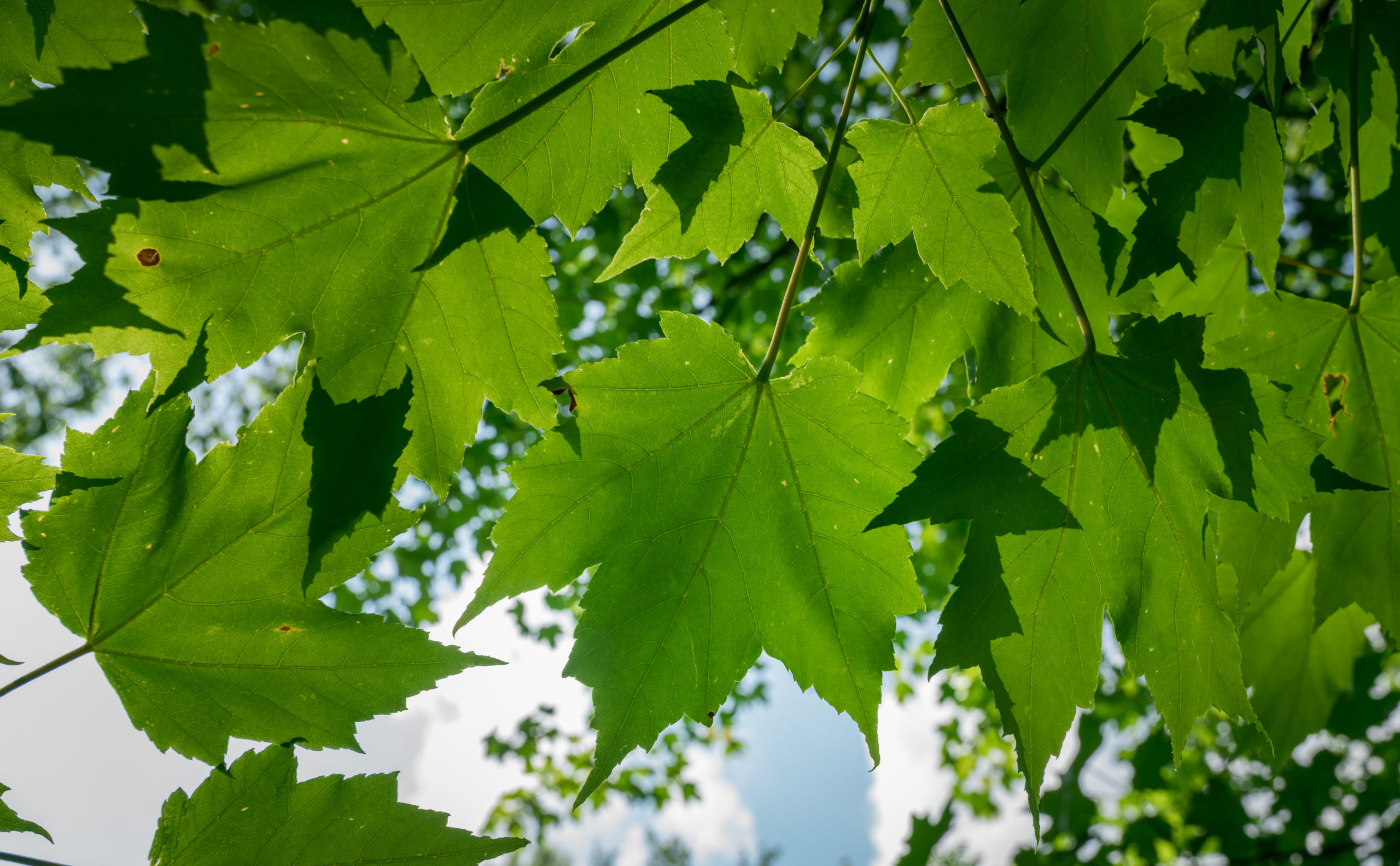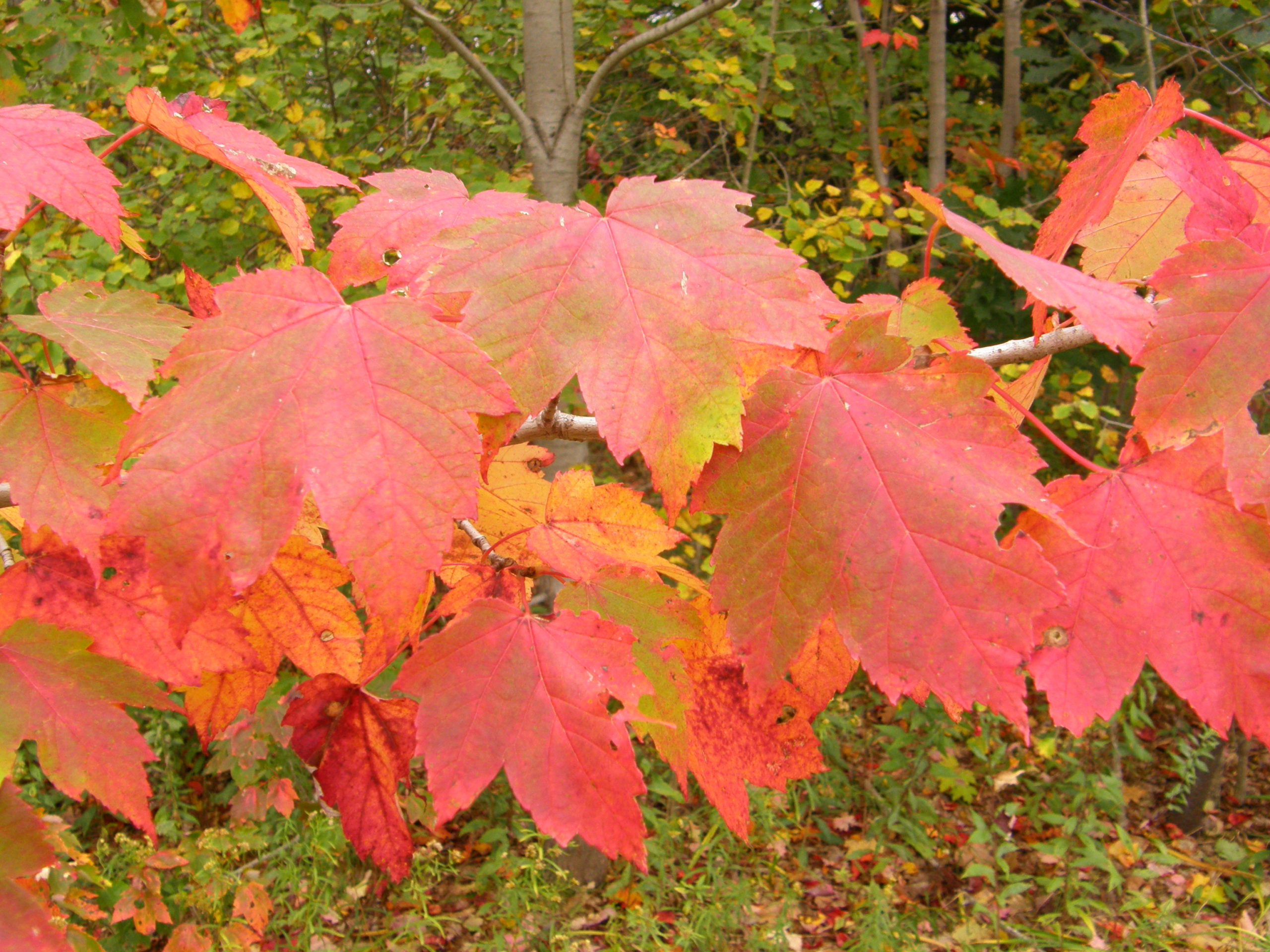THE LEAFLET

Nature’s Autumn Spectacle
 We all love DC’s famous cherry trees, but when autumn rolls around, something else steals the show. The leaves in our city burst into fiery reds, yellows, and oranges, turning our streets into a fall wonderland. But have you ever wondered why leaves change color?
We all love DC’s famous cherry trees, but when autumn rolls around, something else steals the show. The leaves in our city burst into fiery reds, yellows, and oranges, turning our streets into a fall wonderland. But have you ever wondered why leaves change color?
Not all trees do this. There are two main types of trees: evergreens (think pine trees) and deciduous trees (like maples and oaks). Evergreens keep their greenery year-round, while deciduous trees are the ones that change color and drop their leaves in fall.
Just like we notice the days getting shorter and cooler, trees pick up on these changes too. When trees sense the season change, they start to get ready for winter. They slow down, kind of like how we cozy up for the cold months. This is when the leaves begin to change color.
 Here’s how it works: during the spring and summer, leaves are green because they’re full of a pigment called chlorophyll, which helps trees make food from sunlight. But as the days get shorter, trees stop producing chlorophyll, and the green fades away. That’s when the other colors we love—yellow, orange, and even red—start to show up. These colors come from pigments like carotenoids (yellow and orange) and anthocyanins (red). This is why some people say trees don’t change color as much as they show their true colors when autumn rolls around.
Here’s how it works: during the spring and summer, leaves are green because they’re full of a pigment called chlorophyll, which helps trees make food from sunlight. But as the days get shorter, trees stop producing chlorophyll, and the green fades away. That’s when the other colors we love—yellow, orange, and even red—start to show up. These colors come from pigments like carotenoids (yellow and orange) and anthocyanins (red). This is why some people say trees don’t change color as much as they show their true colors when autumn rolls around.
 In the background of this whole color-changing process, the tree is also entering a sort of hibernation mode – slowing down the flow of nutrients out to the limbs, hunkering down to conserve energy so it can make it through the winter. After a leaf has cycled through its pigments, it begins to run out of energy and starts to die off. Specifically, the leaf starts to weaken at the stem, making it easy for wind, animals, excited children, etc., to drop the leaves off the tree. The move from green to yellow and orange, to maybe a red grand finale is a bit like each pigment in each leaf taking a final bow before winter.
In the background of this whole color-changing process, the tree is also entering a sort of hibernation mode – slowing down the flow of nutrients out to the limbs, hunkering down to conserve energy so it can make it through the winter. After a leaf has cycled through its pigments, it begins to run out of energy and starts to die off. Specifically, the leaf starts to weaken at the stem, making it easy for wind, animals, excited children, etc., to drop the leaves off the tree. The move from green to yellow and orange, to maybe a red grand finale is a bit like each pigment in each leaf taking a final bow before winter.
As we previously mentioned in the last installment of our Mythbusting series: Trees and Leaf Litter, consider letting the leaves that fall off your trees this season run their natural course. As they break apart, they will turn into a nutrient-rich organic matter that will provide valuable nutrients back to the soil. They are also a natural mulch that helps suppress weeds and protect roots from temperature extremes.
TL;DR: Fall colors are the leaves’ way of saying farewell before winter!
Don’t forget you can bring this fall magic to your own yard with a free tree from our residential planting programs. Or, just enjoy the view from your front steps by using our Fall Colors Map. It highlights some of the best trees to see in DC, including ones we’ve planted and trees managed by the city’s Urban Forestry Division.